"Global warming is real!"
"Global warming is not real!"
"People are discriminating against (group of people)!"
"People should have freedom of speech!"
The media seems to constantly bombard us with different messages. It can be overwhelming just to scroll through Facebook or flip through channels.
Here are a few strategies to cut through the flack and get to the facts and help you become a more informed citizen:
Analyze the source of the media. Is there a bias?
If you type in the title of a publication or network into Google Search the word “bias”, the results should tell you whether or not they have a conservative or liberal bias.
Try using Politifact for political news coverage and BBC News for an "outsiders" perspective on U.S. news.
Note: Publications and networks with a religious bias should be used as a supplement to, not as a primary source for, your daily news intake.
The source is biased, what now?
Bias is nearly impossible to avoid, so now it’s time to dig deep. Are there two or more different sources quoted in the story, and do they provide two sides to the story? Does the author/presenter avoid aggressive diction when referring to the opposing side?
If you answered yes to all of those questions, then your source may not be horrible after all!
Use multiple sites/networks.
Reading one article or watching one news network is NOT enough. Try getting your information from three or more sources.
If an article seems sketchy, try doing a quick Google search to see if it's fake.
Check out snopes.com to see a list of articles that are confirmed as fake or true.
News shows like "The Kelly File" and "Hardball with Chris Matthews" provide an analysis (sort of).
Take all of these types of shows with a grain of salt. They are presenting the news according to their own political agendas.
Wait until 24 hours after a tragic event (like a shooting) to find more accurate information.
When tensions and emotions are high, it's hard to have a comprehensive timeline of events and fact-checked witness accounts.
Beware of the "false equivalence" fallacy.
On TV, two people with opposing view points will take up the same amount of the screen. A common example is a scientist versus a science denier. This creates the illusion that both sides are "equal" in their presentation of logic, when in fact they are not.
"If it bleeds, it leads."
Stories about death and injuries will always be picked over others. This is why reporters are more likely to turn their cameras towards people looting or starting fires rather than film the people peacefully protesting across the street. Remember: there are two sides to every story.
The media reinforces societal values and stereotypes.
All the time, 24/7 networks tell us that our values should consist of things like patriotism, capitalism, and democracy. It also repeats similar stories to emphasize negative stereotypes: all black people are thugs, all Muslims are terrorists, all Mexicans are illegal immigrants who want to steal our jobs, all women lie about their experiences with sexual assault etc.
Resist the temptation to assume that a negative news story about a person reflects an entire community.
Take the time to take a step back and look at the news with a fresh pair of eyes – and, most importantly, with your heart.
Bad things happen every day, but we must never lose our empathy for others.

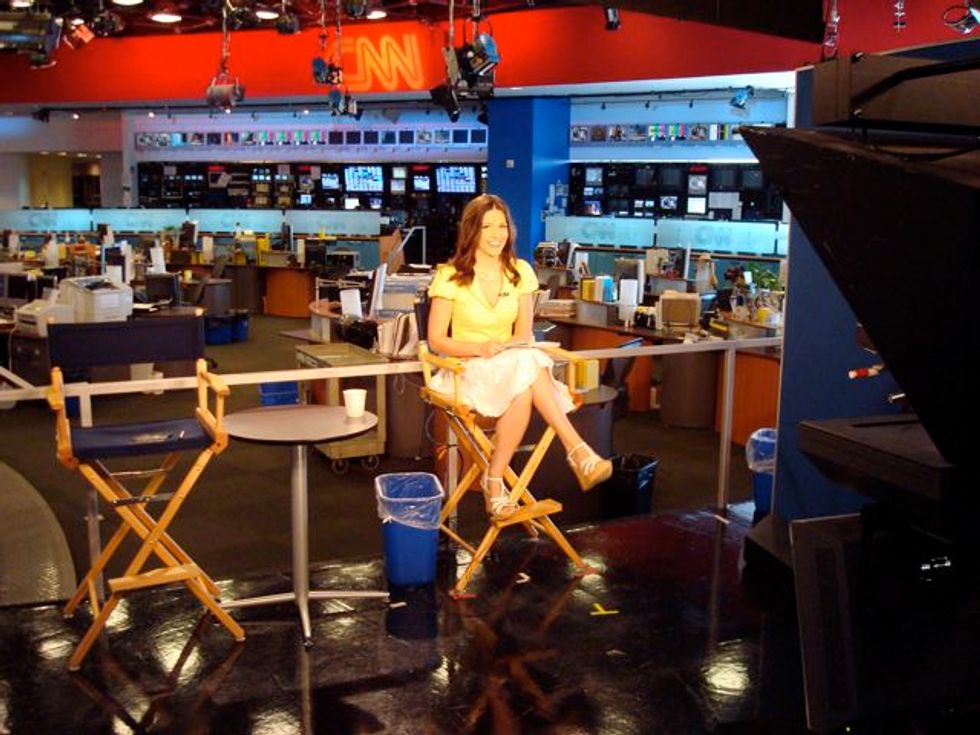



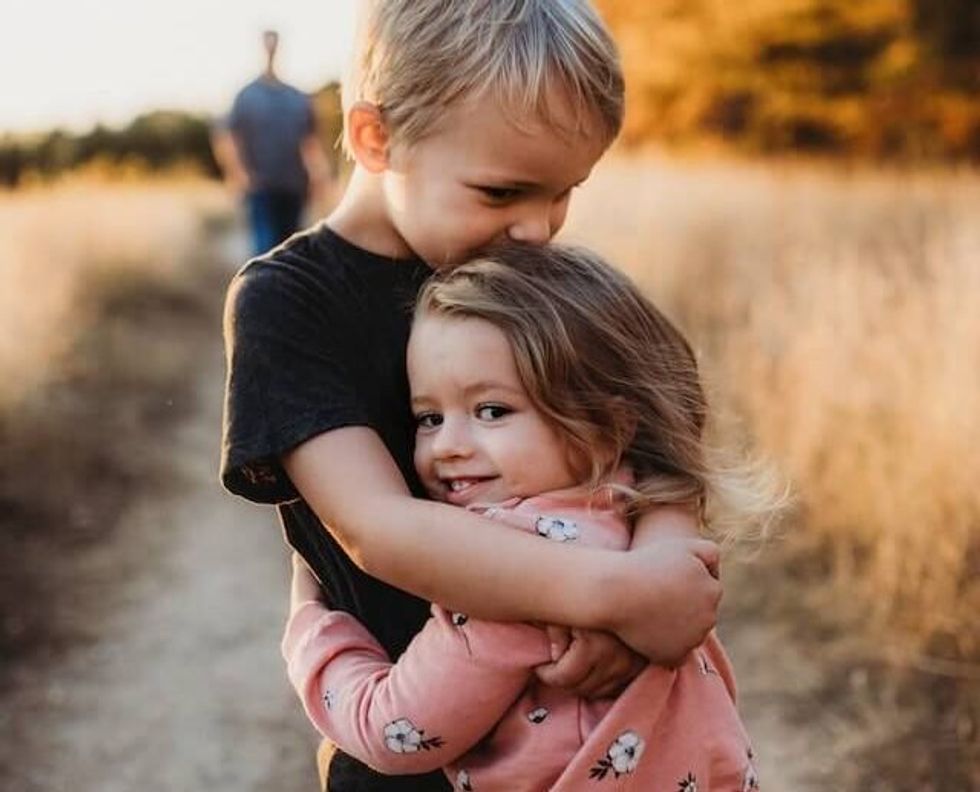



 woman in white shirt leaning on yellow wall
Photo by
woman in white shirt leaning on yellow wall
Photo by  pancakes with syrup
Photo by
pancakes with syrup
Photo by  person in brown knit sweater
Photo by
person in brown knit sweater
Photo by 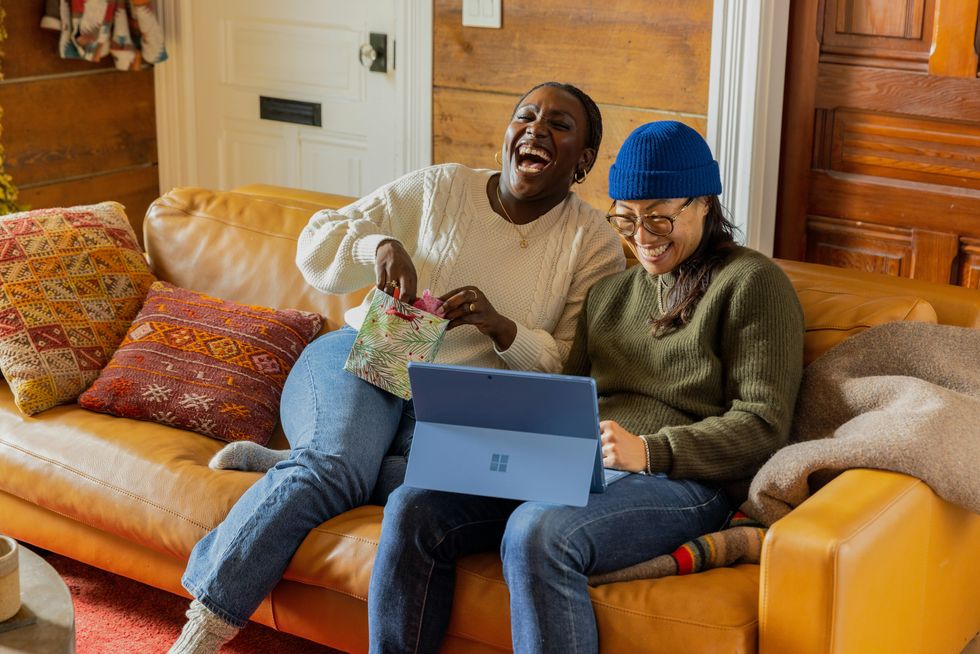 a person sitting on a couch with a laptop
Photo by
a person sitting on a couch with a laptop
Photo by  woman in black and white floral dress sitting on red car hood during daytime
Photo by
woman in black and white floral dress sitting on red car hood during daytime
Photo by  a person holding a cell phone in their hand
Photo by
a person holding a cell phone in their hand
Photo by  high angle photo of cityscape
Photo by
high angle photo of cityscape
Photo by  woman covering eyes with hand
Photo by
woman covering eyes with hand
Photo by  smiling woman wrapped with white headscarf
Photo by
smiling woman wrapped with white headscarf
Photo by 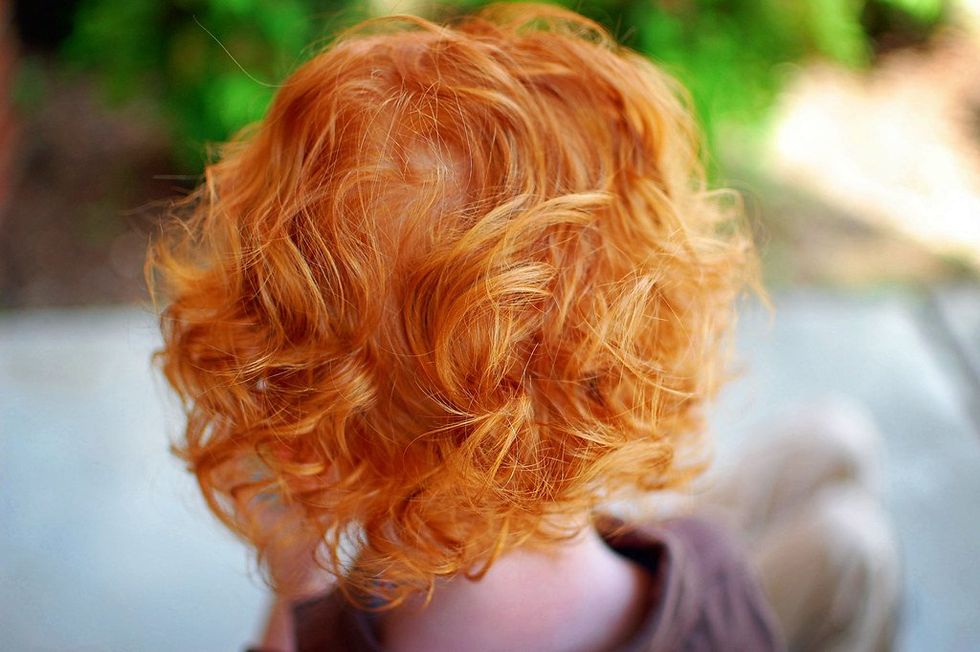 Good hair | Jamie | Flickr
Good hair | Jamie | Flickr mmm coffee | We found a good coffee place on the island. Act… | Flickr
mmm coffee | We found a good coffee place on the island. Act… | Flickr man jumping on the middle of the street during daytime
Photo by
man jumping on the middle of the street during daytime
Photo by  person jumping on big rock under gray and white sky during daytime
Photo by
person jumping on big rock under gray and white sky during daytime
Photo by 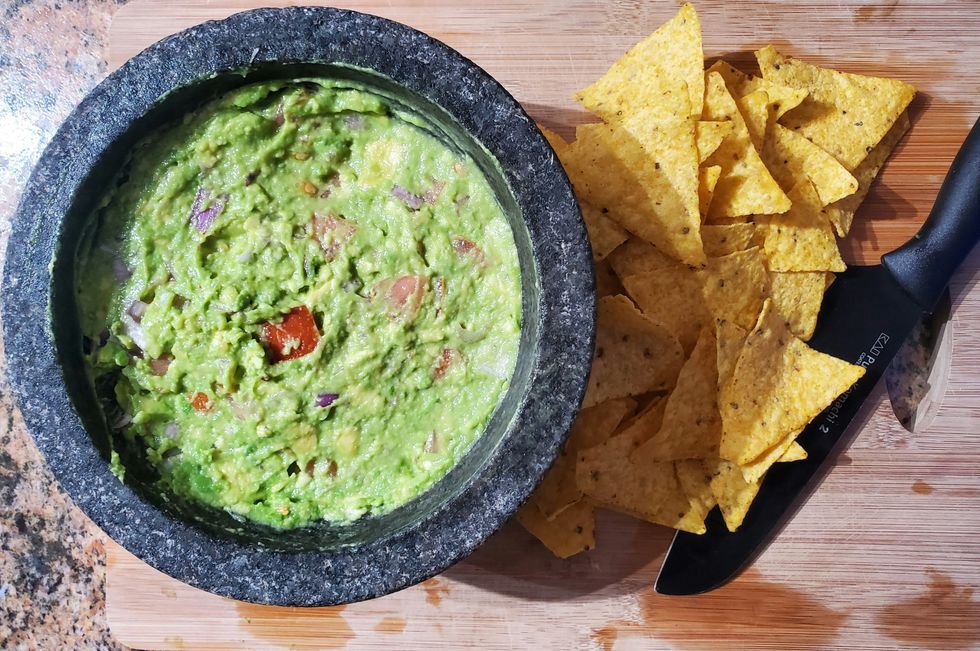 a bowl of guacamole next to a bowl of tortilla chips
Photo by
a bowl of guacamole next to a bowl of tortilla chips
Photo by  two women sitting on a couch in a living room
Photo by
two women sitting on a couch in a living room
Photo by  cooked food on black bowl
Photo by
cooked food on black bowl
Photo by  men's arm tattoo
Photo by
men's arm tattoo
Photo by  a group of trees with orange leaves
Photo by
a group of trees with orange leaves
Photo by  The butterflies in the stomach... | Check out my blog! www.p… | Flickr
The butterflies in the stomach... | Check out my blog! www.p… | Flickr two bread with sauce in box
Photo by
two bread with sauce in box
Photo by 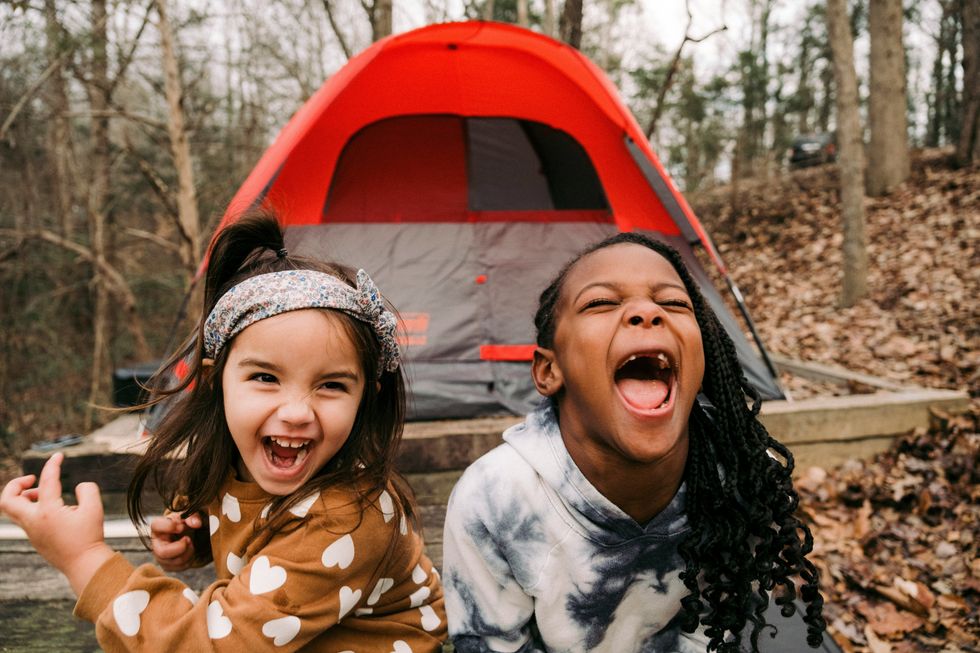 a couple of young girls standing next to a tent
Photo by
a couple of young girls standing next to a tent
Photo by 
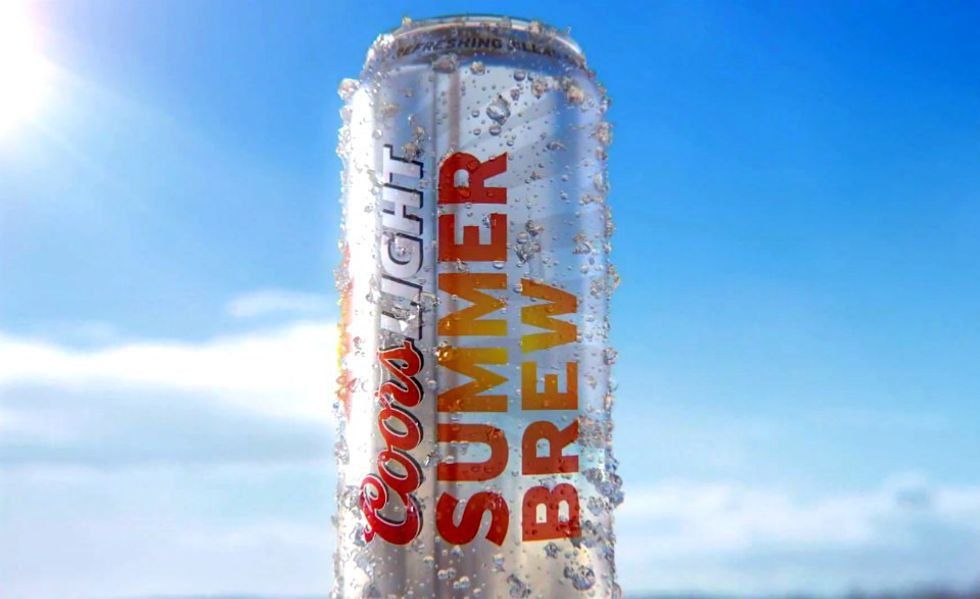
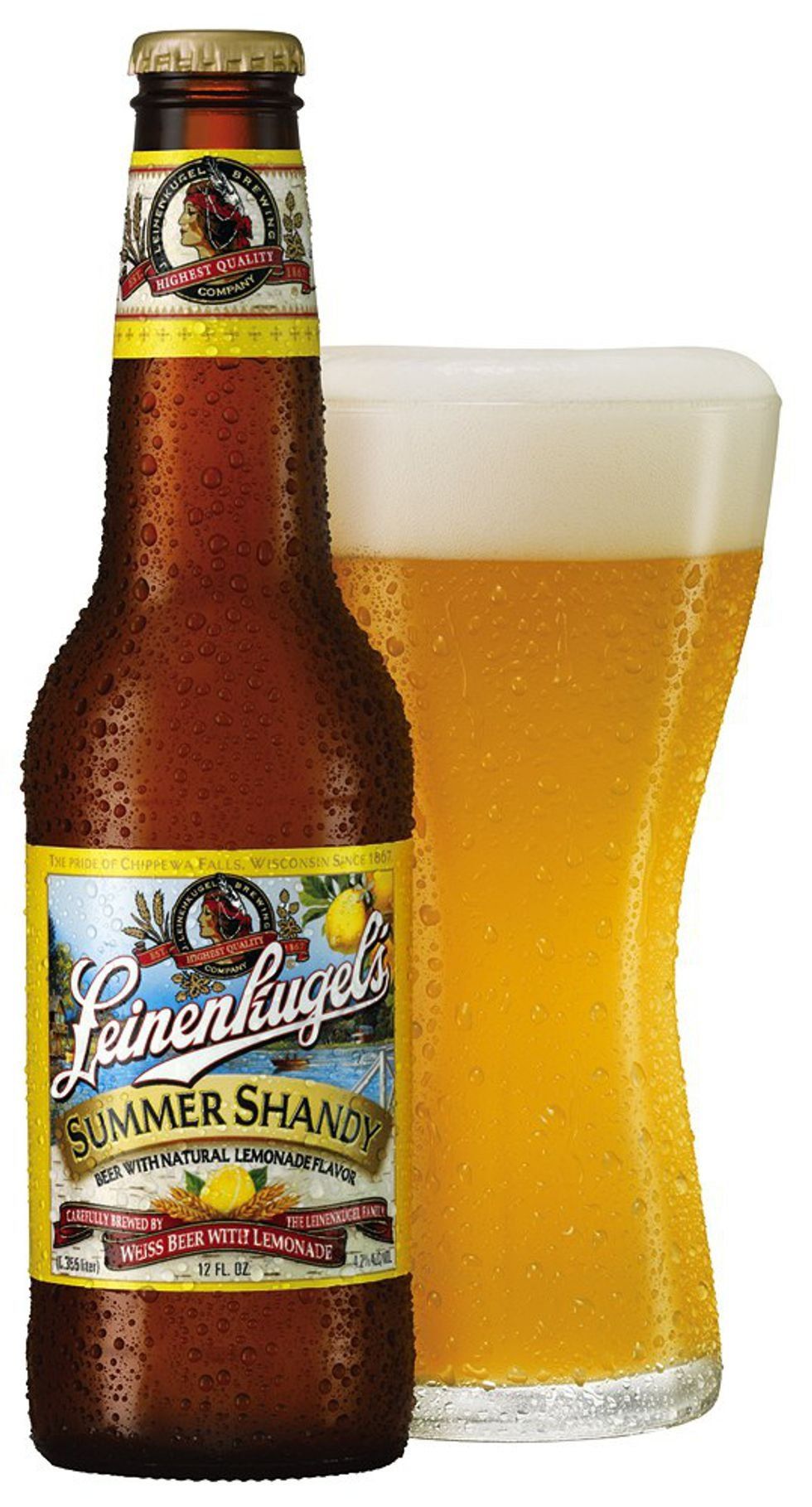







 Photo by
Photo by  Photo by
Photo by  Photo by
Photo by  Photo by
Photo by  Photo by
Photo by  Photo by
Photo by  Photo by
Photo by 










